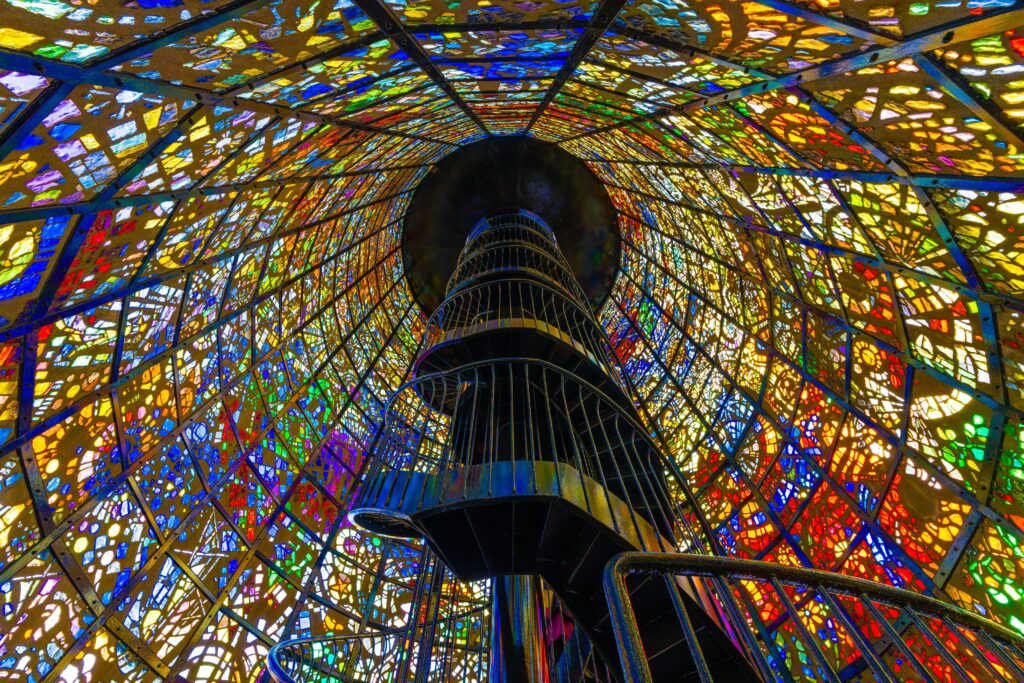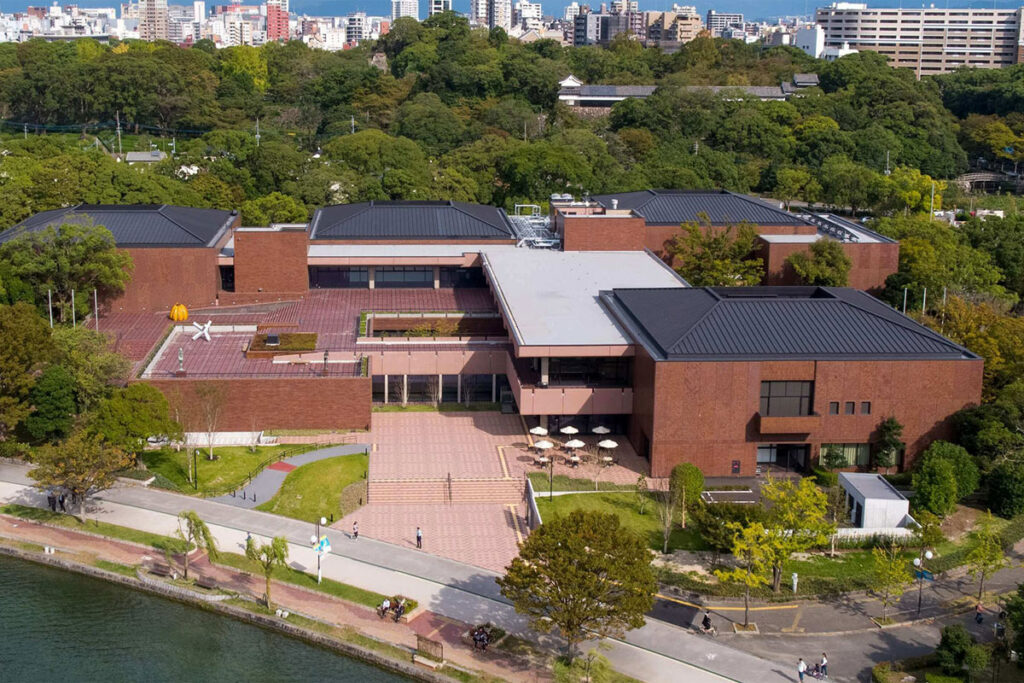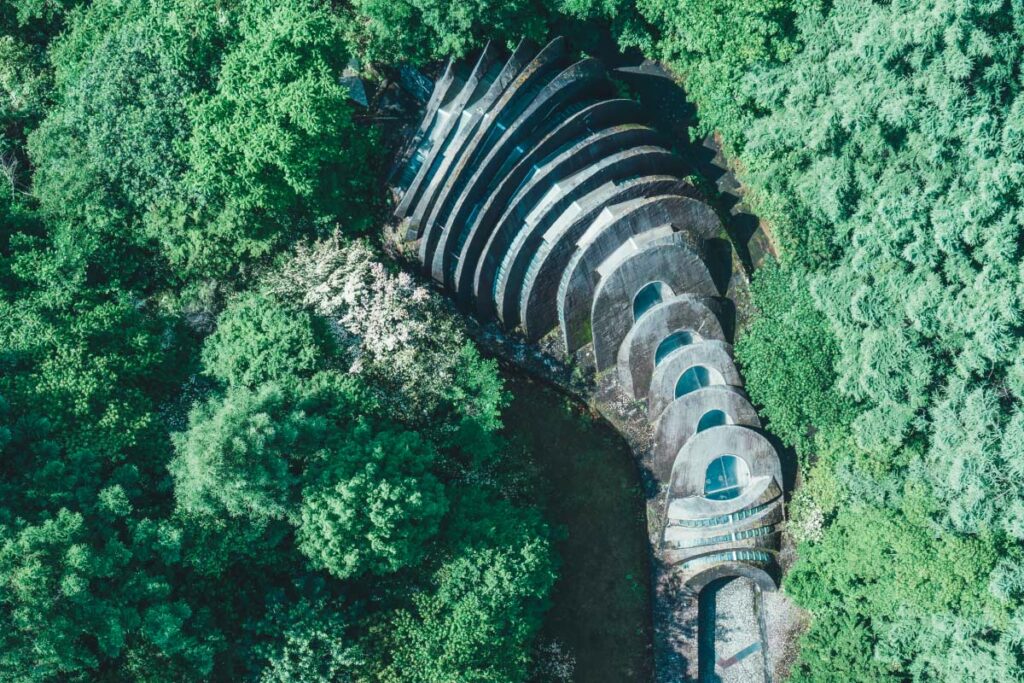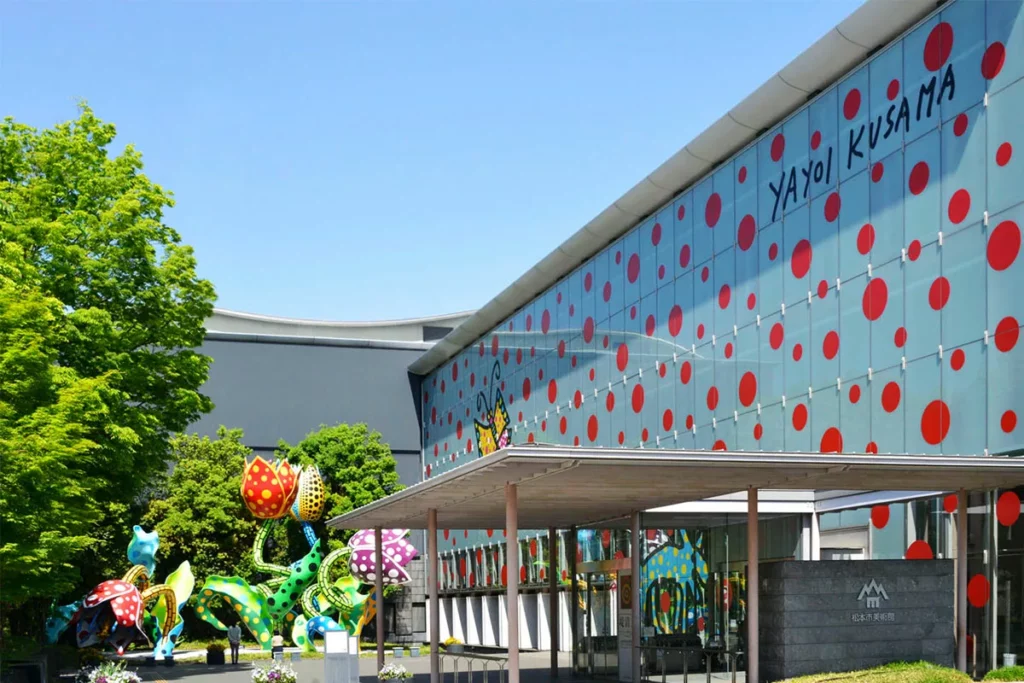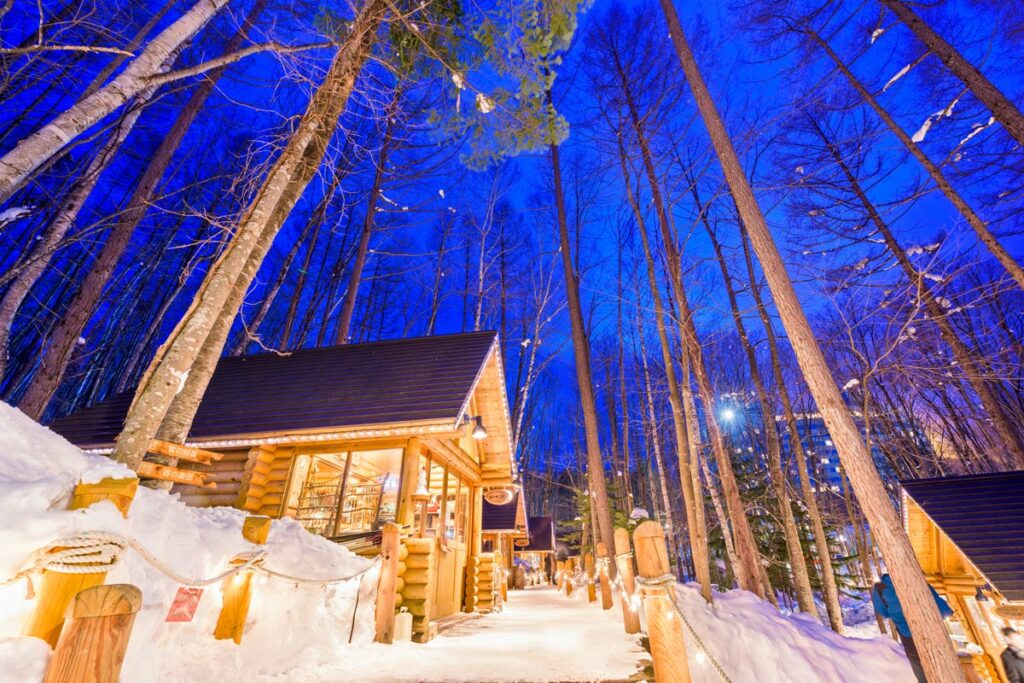Welcome to the Hakone Open Air Museum. It is located in Hakone, Kanagawa Prefecture. Our aim is to provide you with all the information you need to know about this beautiful museum, and help you plan your visit. Our guide is designed to be the best possible resource for anyone interested in learning more about the Hakone Open Air Museum
History of the Hakone Open Air Museum
The Hakone Open Air Museum was founded in 1969 by Nobukata Shikanai, a businessman who was inspired by the idea of creating a space where people could appreciate art in nature. The museum is located in the stunning Hakone mountains, and covers an area of approximately 70,000 square meters.
Artwork and Exhibitions
The museum features a diverse collection of over 120 works of art, ranging from sculptures and installations to paintings and photographs. The pieces on display are created by artists from all over the world, and are carefully curated to create a unique and immersive experience for visitors.
One of the most popular installations at the museum is the Symphonic Sculpture, created by the American artist George Rickey. This impressive kinetic sculpture is made up of five stainless steel blades that move in response to the wind, creating a mesmerizing dance of light and shadow.
Another highlight of the museum is the Picasso Pavilion, which houses a collection of 300 works by Pablo Picasso. This unique exhibition showcases the artist’s ceramics, sculptures, and paintings, and provides visitors with a rare glimpse into the mind of one of the greatest artists of the 20th century.
Activities and Facilities
In addition to the stunning artwork on display, the Hakone Open Air Museum also offers a range of activities and facilities to enhance the visitor experience. The museum features several cafes and restaurants, serving delicious food and beverages with a view of the mountains.
For those interested in learning more about art, the museum offers a variety of workshops and classes, where visitors can try their hand at different art techniques and create their own works of art.
For families with children, the museum also features a Kids’ Art Village, where young visitors can explore their creativity and learn about art in a fun and engaging way.
Hakone Open Air Museum Garden
The Hakone Open Air Museum Garden is a breathtakingly beautiful destination that should be on the top of Art work, Exhibitions and other Activities. The garden is an integral part of the museum and offers visitors a chance to enjoy nature in a truly unique setting.
The garden spans over 70,000 square meters and is home to a variety of seasonal flowers and plants. From cherry blossoms in the spring to colorful foliage in the fall, the garden is a true feast for the senses. Visitors can take a leisurely stroll along the garden’s winding paths and admire the stunning views of the surrounding mountains. One of the highlights of the garden is the reflecting pond, which is surrounded by beautiful water lilies and other aquatic plants. The pond is also home to a variety of fish, including koi, which are a popular attraction for visitors of all ages.
How to get there
The Hakone Open Air Museum is a popular tourist destination located in the beautiful town of Hakone, Japan. It’s approximately 90 minutes away from Tokyo, and there are several transportation options available for visitors.
From Tokyo Station:
- By Shinkansen (Bullet Train): Take the Kodama 755 (to Shin-Osaka) to Odawara Station. From there, take the Hakone Tozan Railway to Chokoku-no-Mori Station. The museum is a 5-minute walk from the station. (Approximately it takes 1h 38minutes)
- Alternatively take the JR Tokaido Main Line Rapid from Shinjuku Station to Odawara Station. From there, take the Hakone Tozan Railway to Chokoku-no-Mori Station. The museum is a 5-minute walk from the station. (Approximately it takes 2h 16 minutes)
From Shinjuku Station:
- Take JR Yamanote Line to Shinagawa. Fron Shinagawa Station, take Kodama 757 Shinkansen (to Nagoya) to Odwara Station. From there, take the Hakone Tozan Railway to Chokoku-no-Mori Station. The museum is a 5-minute walk from the station. (Approximately it takes 1h 43 minutes)
- Alternatively take the Odakyu Odawara Line Express to Odawara Station. The bus ride takes approximately 2 hours. From there, take the Hakone Tozan Railway to Chokoku-no-Mori Station. The museum is a 5-minute walk from the station. (Approximately it takes 2h 37minutes)
Overall, there are several convenient transportation options available for visitors to reach the Hakone Open Air Museum from Tokyo and Shinjuku Station. Whether you prefer to travel by train or bus, the journey to this remarkable destination is sure to be a memorable one.
The Hakone Open Air Museum is a true gem of Japan’s art world. With its stunning collection of art, beautiful location, and range of activities and facilities, it is the perfect destination for anyone interested in art and nature. We hope that our guide has provided you with all the information you need to plan your visit, and that you will have a wonderful time exploring this unique and inspiring museum.
